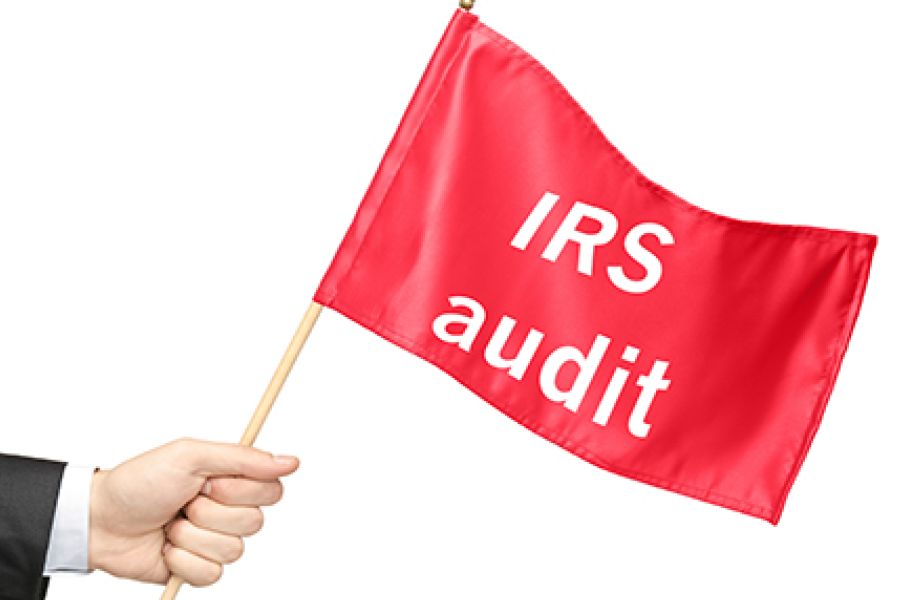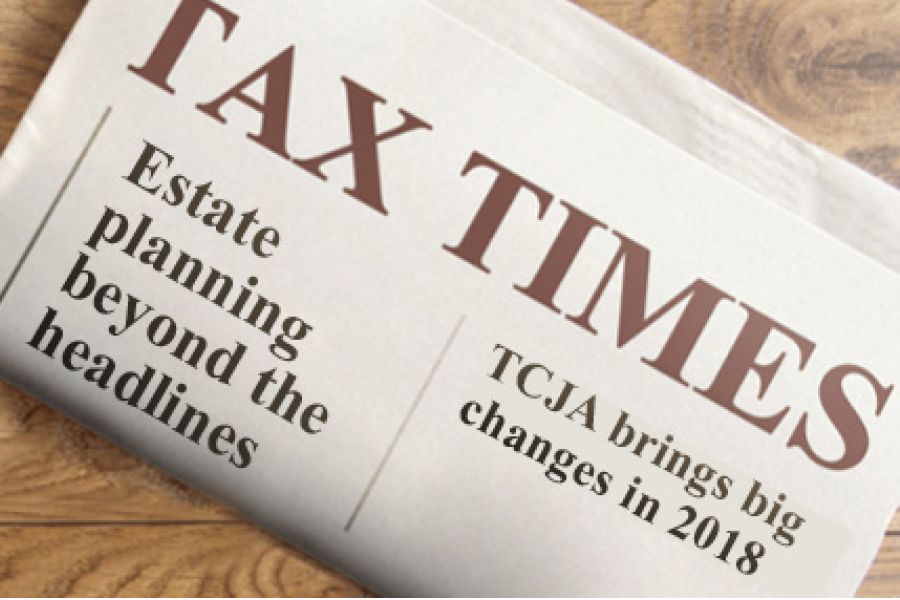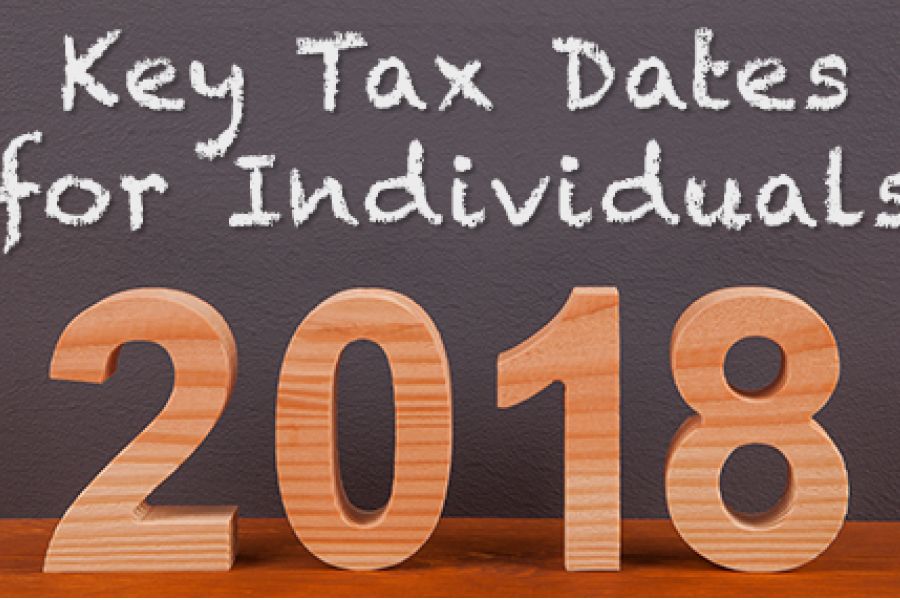IRS examiners use Audit Techniques Guides (ATGs) to prepare for audits — and so can small business owners. Many ATGs target specific industries, such as construction. Others address issues that frequently arise in audits, such as executive compensation and fringe benefits. These publications can provide valuable insights into issues that might surface if your business is audited. What do ATGs cover? The IRS compiles information obtained from past examinations of taxpayers and publishes its findings in ATGs. Typically, these publications explain: The nature of the industry or issue, Accounting methods commonly used in an industry, Relevant audit examination techniques, Common and industry-specific compliance issues, Business practices, Industry terminology, and Sample interview questions. By using a specific ATG, an examiner may, for example, be able to reconcile discrepancies...

With the April 17 individual income tax filing deadline behind you (or with your 2017 tax return on the back burner if you filed for an extension), you may be hoping to not think about taxes for the next several months. But for maximum tax savings, now is the time to start tax planning for 2018. It’s especially critical to get an early start this year because the Tax Cuts and Jobs Act (TCJA) has substantially changed the tax environment. Many variables A tremendous number of variables affect your overall tax liability for the year. Looking at these variables early in the year can give you more opportunities to reduce your 2018 tax bill. For example, the timing of income and deductible expenses can affect both the rate...
Now that small businesses and their owners have filed their 2017 income tax returns (or filed for an extension), it’s a good time to review some of the provisions of the Tax Cuts and Jobs Act (TCJA) that may significantly impact their taxes for 2018 and beyond. Generally, the changes apply to tax years beginning after 12/31/17, and are permanent, unless otherwise noted. Corporate taxation Replacement of graduated corporate rates ranging from 15% to 35% with a flat corporate rate of 21% Replacement of the flat personal service corporation (PSC) rate of 35% with a flat rate of 21% Repeal of the 20% corporate alternative minimum tax (AMT) Pass-through taxation Drops of individual income tax rates ranging from 0 to 4 percentage points (depending on the bracket) to...
What 2017 tax records can you toss once you’ve filed your 2017 return? The answer is simple: none. You need to hold on to all of your 2017 tax records for now. But it’s the perfect time to go through old tax records and see what you can discard. The 3-year and 6-year rules At minimum, keep tax records for as long as the IRS has the ability to audit your return or assess additional taxes, which generally is three years after you file your return. This means you potentially can get rid of most records related to tax returns for 2014 and earlier years. (If you filed an extension for your 2014 return, hold on to your records at least until the three-year anniversary of when...
You may have breathed a sigh of relief after filing your 2017 income tax return (or requesting an extension). But if your office is strewn with reams of paper consisting of years’ worth of tax returns, receipts, canceled checks and other financial records (or your computer desktop is filled with a multitude of digital tax-related files), you probably want to get rid of what you can. Follow these retention guidelines as you clean up. General rules Retain records that support items shown on your tax return at least until the statute of limitations runs out — generally three years from the due date of the return or the date you filed, whichever is later (four years for California). That means you can now potentially throw out...
While April 15 (April 17 this year) is the main tax deadline on most individual taxpayers’ minds, there are others through the rest of the year that you also need to be aware of. To help you make sure you don’t miss any important 2018 deadlines, here’s a look at when some key tax-related forms, payments and other actions are due. Keep in mind that this list isn’t all-inclusive, so there may be additional deadlines that apply to you. Please review the calendar and let me know if you have any questions about the deadlines or would like assistance in meeting them. June 15 File a 2017 individual income tax return (Form 1040) or file for a four-month extension (Form 4868), and pay any tax and interest...
The Tax Cuts and Jobs Act (TCJA) includes many changes that affect tax breaks for employee benefits. Among the changes are four negatives and one positive that will impact not only employees, but also the businesses providing the benefits. 4 BREAKS CURTAILED Beginning with the 2018 tax year, the TCJA reduces or eliminates tax breaks in the following areas: 1. Transportation benefits. The TCJA eliminates business deductions for the cost of providing qualified employee transportation fringe benefits, such as parking allowances, mass transit passes and van pooling. (These benefits are still tax-free to recipient employees.) It also disallows business deductions for the cost of providing commuting transportation to an employee (such as hiring a car service), unless the transportation is necessary for the employee’s safety. And it suspends...
When a company’s deductible expenses exceed its income, generally a net operating loss (NOL) occurs. If when filing your 2017 income tax return you found that your business had an NOL, there is an upside: tax benefits. But beware — the Tax Cuts and Jobs Act (TCJA) makes some significant changes to the tax treatment of NOLs. Pre-TCJA law Under pre-TCJA law, when a business incurs an NOL, the loss can be carried back up to two years, and then any remaining amount can be carried forward up to 20 years. The carryback can generate an immediate tax refund, boosting cash flow. The business can, however, elect instead to carry the entire loss forward. If cash flow is strong, this may be more beneficial, such as if the...











